
Science and technology create 'leverage' for modern agriculture
The Department of Science, Technology and Environment (Ministry of Agriculture and Environment) said that in the period of 2021-2025, the Ministry's research system has created an extremely impressive amount of achievements: 225 new varieties of plants, livestock, aquatic products and forestry have been recognized; 150 technical advances, 158 exclusive patents and useful solutions; More than 3,600 international scientific articles (an increase of nearly 50% compared to the previous period); 1,000 high-tech production models have been deployed in practice, helping to increase efficiency by 10-30% depending on the field.
This is clear evidence that science and technology have become an important driving force to help Vietnamese agriculture transform from a place of food shortages to a leading agricultural export powerhouse, with export turnover expected to reach 70 billion USD in 2025.
Currently, the agricultural sector has many strong research centers, typically the Vietnam Academy of Agriculture, with nearly 1,400 scientific staff, of which more than 300 are professors, associate professors, and doctors. The Vietnam Academy of Agriculture is one of the strongest research centers in the country. The Academy currently owns: 6 ISO-standard laboratories; more than 80 practical models; leading research and analysis technology systems in the field of agriculture and environment.
Through VNUA Tech-Mart, AgroMart technology exchange, and a network of more than 200 enterprises, the Academy's technology commercialization activities are increasingly vibrant, creating a continuous flow between laboratory knowledge and practical production.
In particular, the Academy pioneers in developing strong research groups on big data, artificial intelligence, digital agriculture, applications in management, training and production. Digital transformation has become the 'new DNA', deeply ingrained in all activities.
In the context of rapidly decreasing agricultural land area and complex climate change, setting a growth target of 4% by 2025 is a big challenge. To achieve it, there is only one way: large-scale application of science and technology, from seeds, cultivation, harvesting, processing to commercialization.
Digital technology , AI, big data, molecular biology, IoT, automation… are opening up new development spaces: Precision agriculture; Digital agriculture; Low carbon agriculture; Circular agriculture; Large-scale industrial marine farming.
Science and technology not only help increase productivity and reduce costs, but also create new added value and competitive advantages – an inevitable direction in the global green economy.
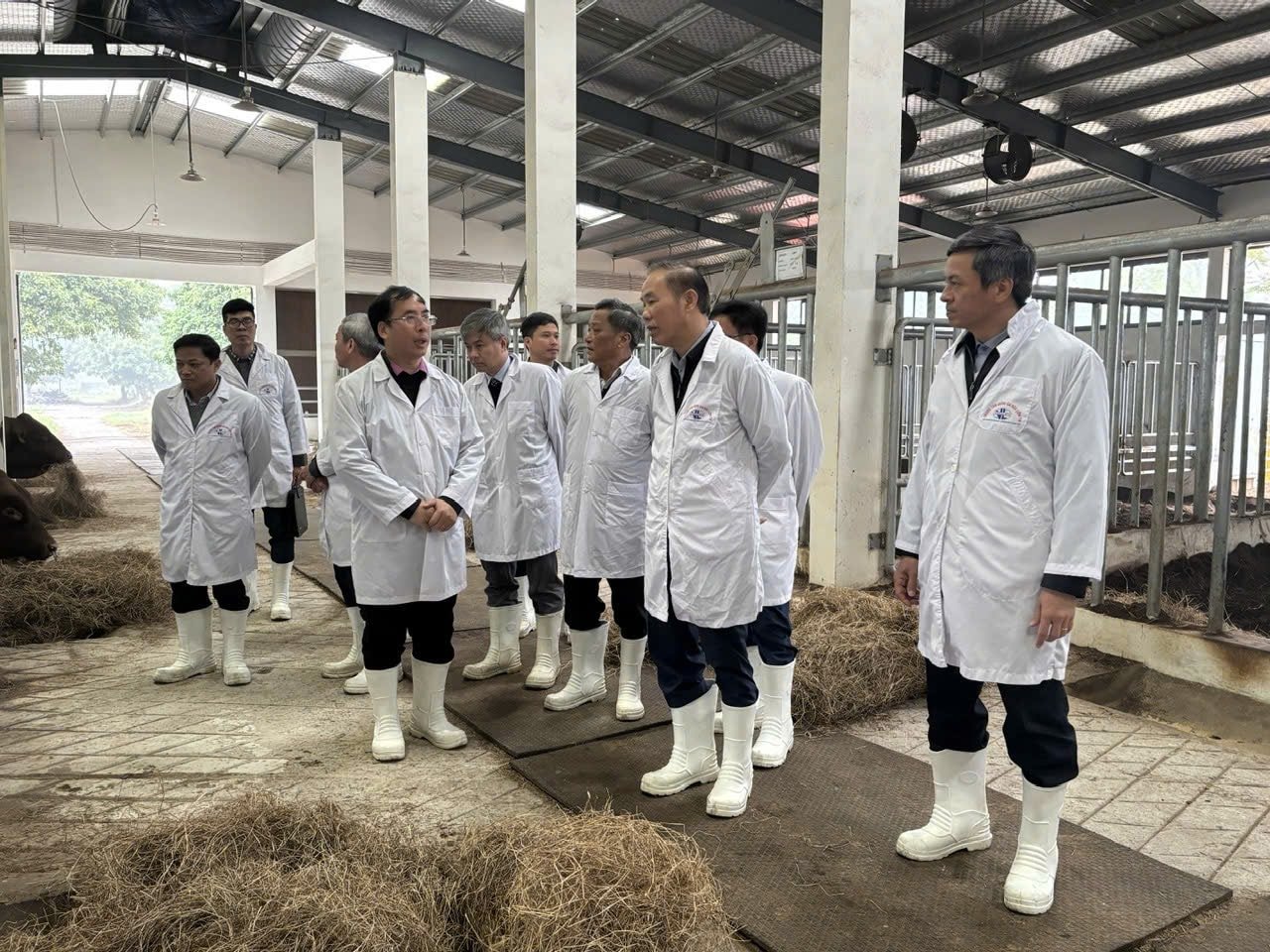
Focus on science, technology and education
At the Conference 'Promoting breakthroughs in scientific research, technology, and innovation associated with training of institutes and schools' on November 14, Minister of Agriculture and Environment Tran Duc Thang emphasized: 'Never before have science, technology, and education received such attention as they do today.'
The Minister requested research institutes and universities to immediately send specific proposals on key equipment and technologies in November, aiming to soon include them in the implementation plan from the beginning of 2026. This is an important preparatory step for the agricultural sector to enter a phase of accelerating innovation, digital transformation and high-tech development.
Deputy Minister of Agriculture and Environment Phung Duc Tien emphasized: 'In all difficult conditions, agriculture is always the mainstay of the economy. To maintain growth rate, there are only two ways: double productivity and increase product value.'
Many examples were given: some Japanese grape varieties cost tens of USD/kg, while Vietnamese grapes cost only about 5 USD/kg; many high-value crops bring in revenue of up to 20 billion VND/ha/year, far exceeding traditional rice. Clearly, science and technology are the "key" to narrowing the gap and elevating Vietnamese agricultural products.
Deputy Minister Phung Duc Tien proposed 8 key groups of solutions: Immediately amending cumbersome regulations, cutting down procedures, creating a clear legal corridor for research and technology transfer; Adjusting and supplementing national programs on science and technology, linked to practical production requirements; Arranging the "streamlined - compact - strong" research organization system, moving towards comprehensive autonomy;
Innovate the thinking of ordering research, based on market and business needs; Promote comprehensive digital transformation in management, production, and traceability; Perfect policies to promote the 3-party cooperation model: State - school - business; Build a high-quality human resource team, master core technology and new technology; Strengthen international cooperation, receive high technology and commercialize research products.
This system of solutions is considered an 'institutional lever', creating a foundation for Vietnamese agriculture to enter a period of strong modernization.
According to Government NewspaperSource: https://baohaiphong.vn/ung-dung-khoa-hoc-nong-nghiep-tu-phong-thi-nghiem-den-canh-dong-526804.html


![[Photo] General Secretary To Lam receives Vice President of Luxshare-ICT Group (China)](https://vphoto.vietnam.vn/thumb/1200x675/vietnam/resource/IMAGE/2025/11/15/1763211137119_a1-bnd-7809-8939-jpg.webp)




![[Photo] Prime Minister Pham Minh Chinh meets with representatives of outstanding teachers](https://vphoto.vietnam.vn/thumb/1200x675/vietnam/resource/IMAGE/2025/11/15/1763215934276_dsc-0578-jpg.webp)




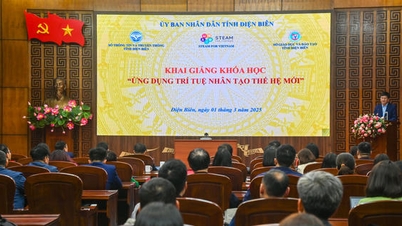







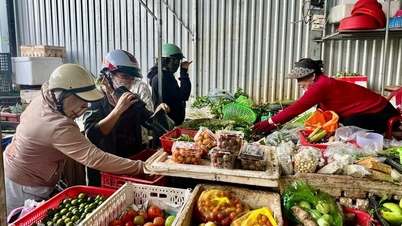
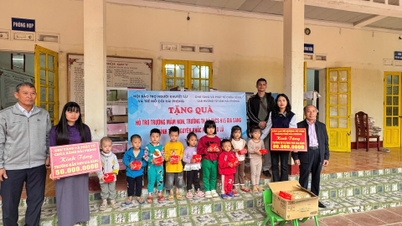





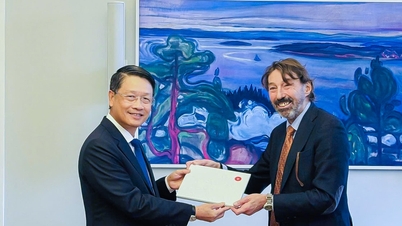




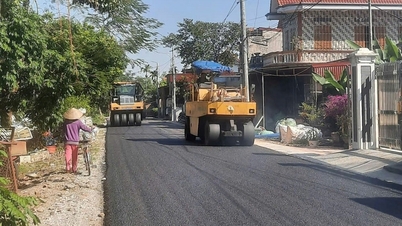

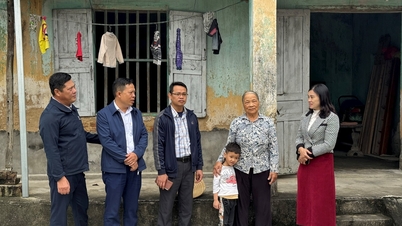

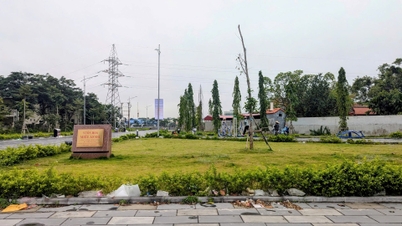

















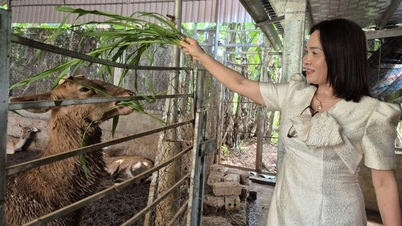
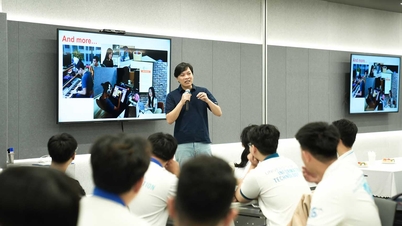



















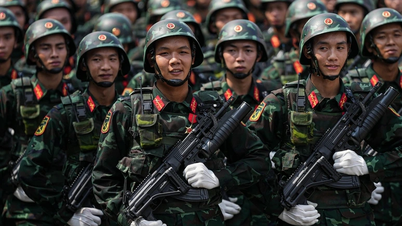

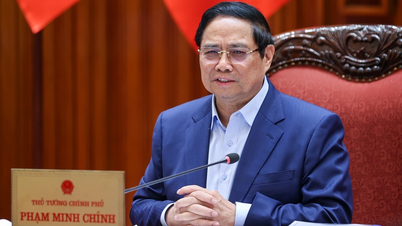







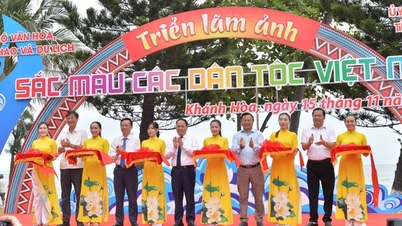



















Comment (0)